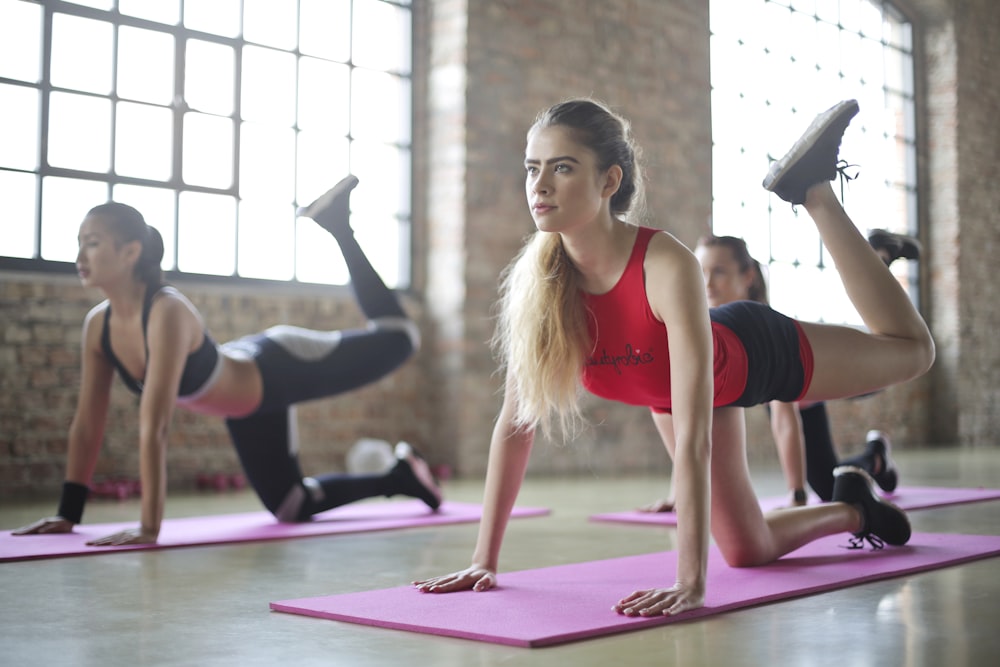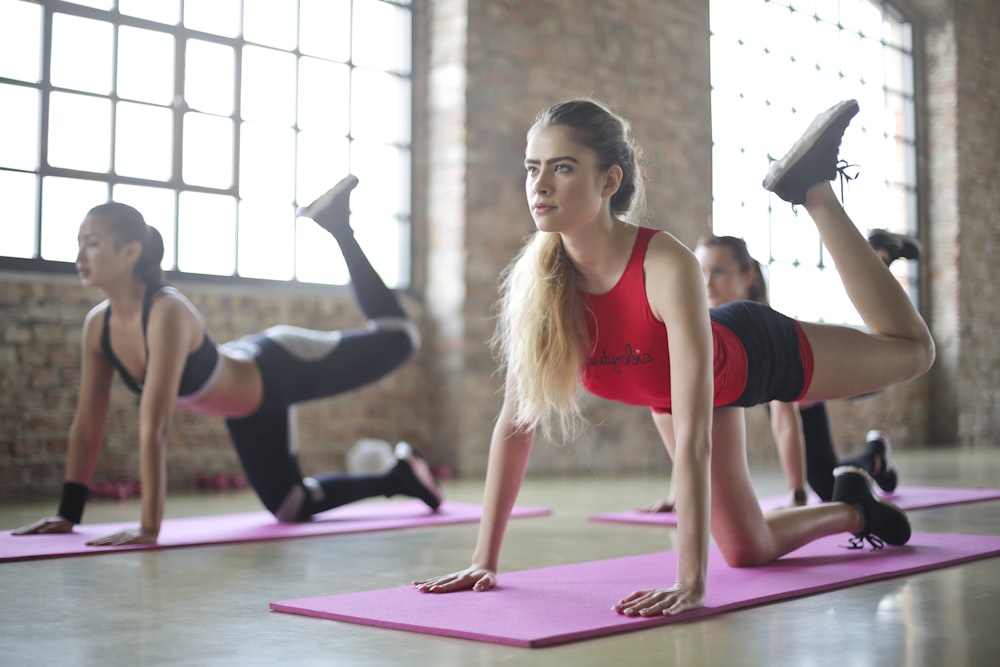Maximize Your Workouts Essential Gym Tips Revealed
Introduction
Embarking on a fitness journey is an exciting endeavor, but without the right guidance, it can be overwhelming. In this article, we’ll uncover essential gym tips that will help you maximize your workouts and achieve your fitness goals.
Set Clear Goals
Before stepping foot in the gym, take some time to define your goals. Whether you’re aiming to lose weight, build muscle, improve endurance, or enhance overall fitness, having clear objectives will help guide your workouts and keep you motivated along the way. Write down your goals and revisit them regularly to track your progress and stay focused on your fitness journey.
Fuel Your Body Properly
Nutrition plays a crucial role in supporting your workouts and achieving optimal results. Fuel your body with a balanced diet that includes plenty of lean proteins, complex carbohydrates, healthy fats, and a variety of fruits and vegetables. Prioritize pre-workout fuel to provide your body with the energy it needs to perform at its best, and refuel post-workout with a combination of protein and carbohydrates to support muscle recovery and growth.
Hydrate, Hydrate, Hydrate
Staying hydrated is essential for overall health and performance, especially during intense workouts. Aim to drink plenty of water throughout the day, and be sure to hydrate before, during, and after your gym sessions. Dehydration can lead to decreased energy levels, muscle cramps, and impaired performance, so make it a priority to keep a water bottle handy and sip regularly throughout your workouts.
Focus on Proper Form
One of the most important aspects of any workout is proper form. Performing exercises with correct form not only maximizes results but also reduces the risk of injury. Take the time to learn the proper technique for each exercise, and start with lighter weights until you feel comfortable with the movement. If you’re unsure about proper form, don’t hesitate to ask a gym staff member or personal trainer for guidance.
Incorporate Strength Training
Strength training is a crucial component of any well-rounded fitness routine. In addition to building muscle mass and strength, it also boosts metabolism, improves bone density, and enhances overall body composition. Incorporate compound movements like squats, deadlifts, bench presses, and rows into your workouts to target multiple muscle groups simultaneously and maximize efficiency.
Mix Up Your Routine
Repeating the same workout routine day after day can lead to plateaus and boredom. Keep your workouts fresh and exciting by incorporating a variety of exercises, equipment, and training modalities. Try different workout styles like circuit training, HIIT, or plyometrics, and experiment with new exercises and equipment to challenge your body in new ways.
Listen to Your Body
While it’s important to push yourself during workouts, it’s equally important to listen to your body and know when to take a break. Pay attention to how you’re feeling during exercise, and don’t ignore signs of fatigue, pain, or discomfort. If you’re feeling overly fatigued or experiencing any pain, scale back the intensity or duration of your workout, or take a rest day to allow













